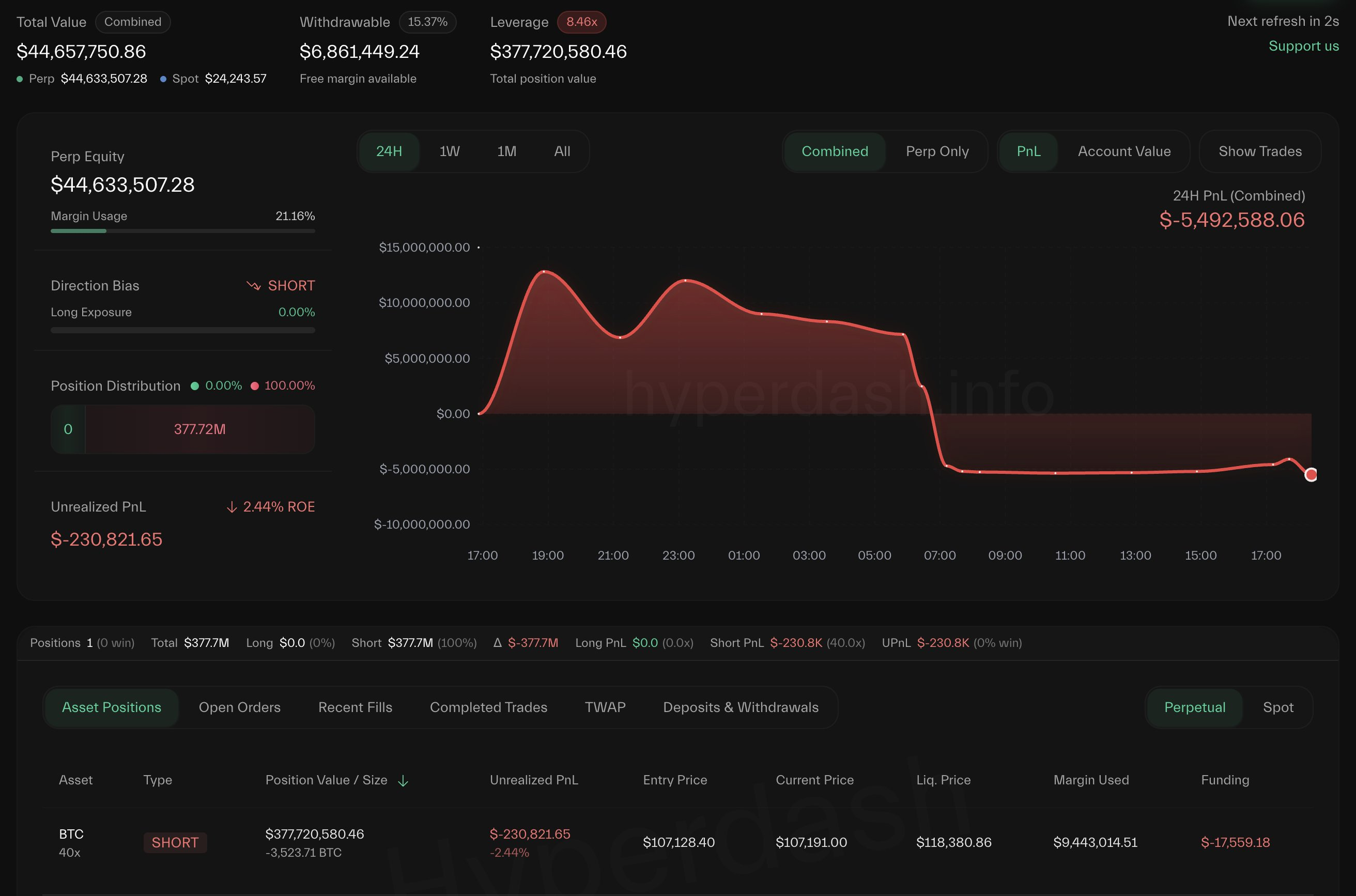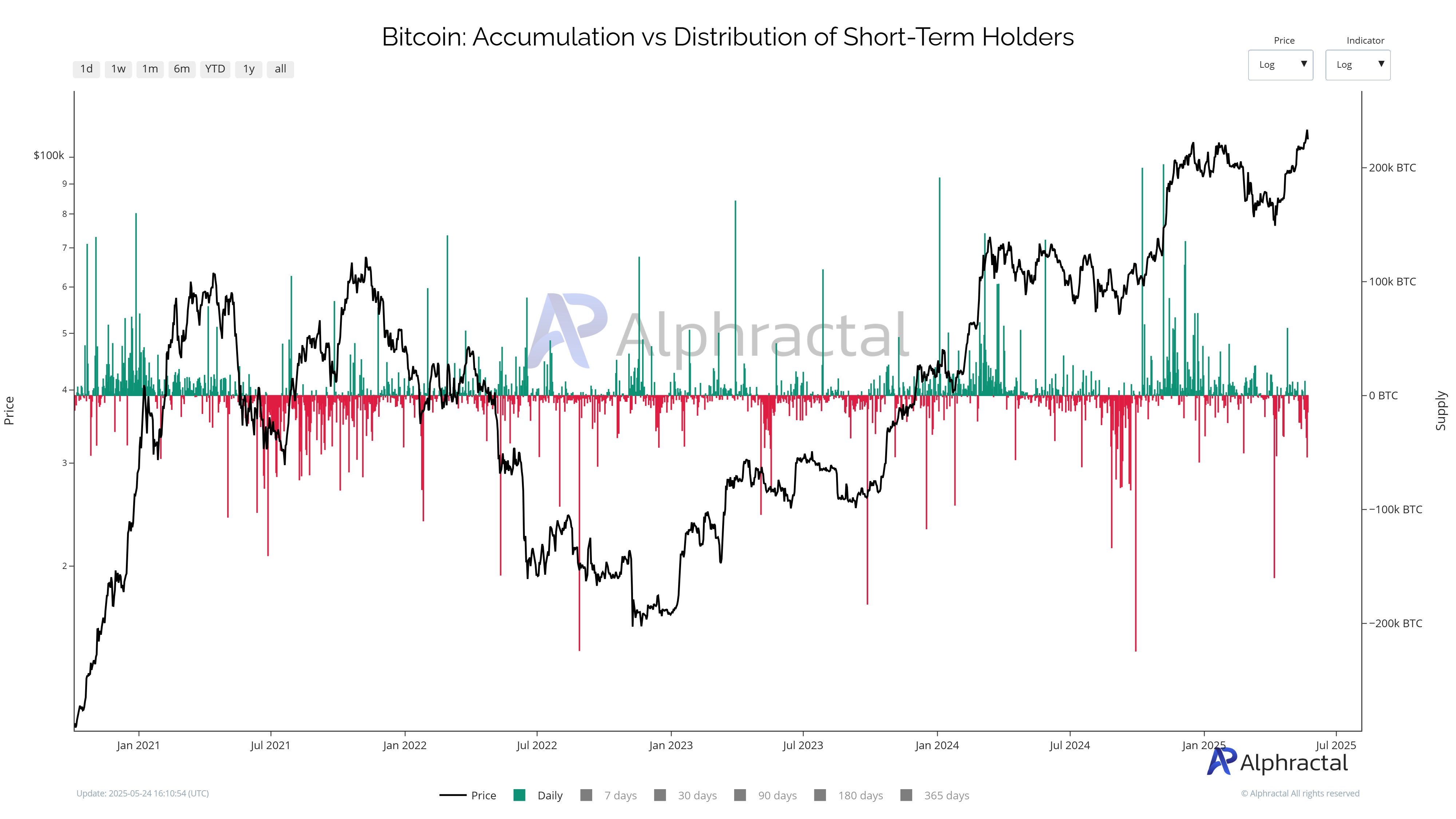
The post Pi Network News: Crypto Expert Predicts an Explosive Pi Coin Rally – In This Event appeared first on Coinpedia Fintech News
With the Pi network coin price has been consolidating between $0.53 to $9.69 over the last 3 weeks, struggling to break above $0.82, even with Bitcoin’s bullish run hitting $95k. However, this might change soon. Well-known crypto expert Dr. Altcoin predicts that Pi Coin’s rally could begin during the highly anticipated Consensus Summit starting from 14 May 2025.
Pi Price Rally To Come At Consensus Summit
In his latest X post, Dr Altcoin said he feels pretty confident that the Pi price pump could actually begin during the highly anticipated Consensus Summit, which is happening from May 14 to May 16, 2025.
This global blockchain event brings together the biggest names in crypto, offering Pi a perfect stage to shine. He believes that even small positive news like new partnerships, major updates, or ecosystem growth announced during this event could create a rush of excitement.
Thus, if Pi Network gets the right attention, it could lead to a major price rally even before August.
Pi Unlocking to Easy After August
Although, this comes as a surprise for many because earlier expectations were tied to the end of August, a time when a large amount of Pi coins would finish unlocking, creating less selling pressure.
According to the Piscan, the beginning of August will see the release of Pi tokens drop by almost half. In August, only $132.5 million worth of Pi tokens will be released. September will see $115.2 million, October $89.5 million, and November $85.9 million.
Pi Coin Price Outlook
As of now, Pi Network coin is trading at $0.63, reflecting a drop of 1.3% seen in the last 24 hours. The coin has been consolidating recently, trading between resistance at $0.68 and support at $0.61.
If the price breaks above $0.68, it could mark the beginning of a fresh rally. The next resistance levels to watch would be $0.789 and $0.85.
If the upward momentum continues, Pi Coin could aim for $1.03, its first time above $1 since last month.








